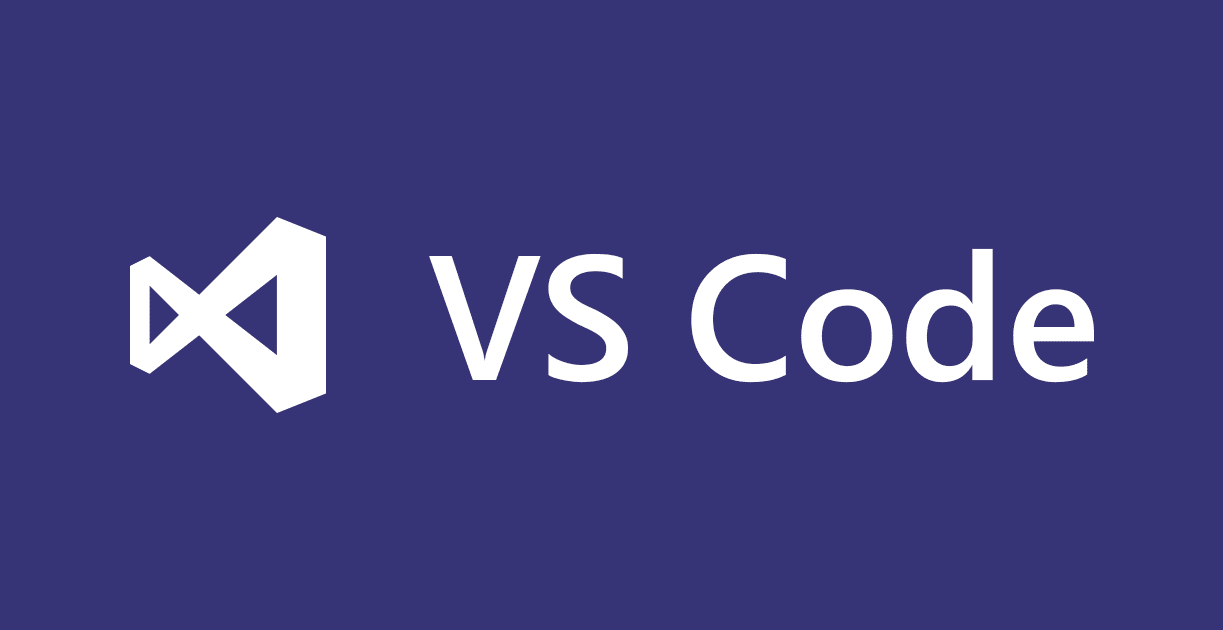


This is expected at this point in the program, since the C++ constructor for edges has not run yet, and so its members have undefined values (in debug mode they are usually filled with "0xCD" bytes).įrom here you can single-step through your code (Debug->Step Over, or press F10) and watch the pixels change: if you step once, over the Mat edges statement, the edges image will change from "invalid" to "empty", which means that it is now in a valid state (default constructed), even though it has not been initialized yet (using cv::Mat::create(), for example). This indicates that some data members of this image object have corrupt or invalid values (for example, a negative image width). Note that the second image in the list, edges, is shown as "invalid". To build the program, create a console application project in Visual Studio, name it "image-watch-demo", and insert the source code below. In this example, we use a minimal test program that loads an image from a file and runs an edge detector. Image Watch works with any existing project that uses OpenCV image objects (for example, cv::Mat). When the installer has finished, make sure to restart Visual Studio to complete the installation. To launch it, simply double-click on the. ( Visual Studio 2019 | Visual Studio 2017 | Visual Studio 2012, 2013, 2015) The installer comes in a single file with extension. Ability to create and build OpenCV projects in Visual Studio (Tutorial: How to build applications with OpenCV inside the "Microsoft Visual Studio").ĭownload the Image Watch installer.An OpenCV installation on your Windows machine (Tutorial: Installation in Windows).Visual Studio 2012 Professional (or better) with Update 1 installed.This tutorial assumes that you have the following available: This can be helpful for tracking down bugs, or for simply understanding what a given piece of code is doing. Image Watch is a plug-in for Microsoft Visual Studio that lets you to visualize in-memory images ( cv::Mat or IplImage_ objects, for example) while debugging an application. Warning This tutorial can contain obsolete information.


Next Tutorial: Introduction to Java Development Prev Tutorial: How to build applications with OpenCV inside the "Microsoft Visual Studio"


 0 kommentar(er)
0 kommentar(er)
